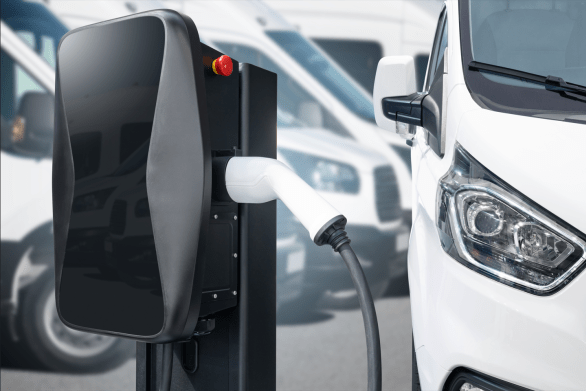As we approach this year’s summer Olympics in Paris, it’s hard not to think back to how things were four years ago. In summer 2020 we were still in the midst of the worst of the COVID-19 pandemic. With much of the world in lockdown and (at that stage) no vaccine on the horizon, the summer Olympics in Tokyo were ultimately postponed.
2020 was a year of dramatic changes across all sectors but in our own the effects have lingered somewhat, compounded by the worst inflation crisis for decades. I can identify four major trends that have impacted the toll road industry since the pandemic and it will be interesting to see how they continue to unfold going forward.
Changing trends in the US toll road industry
Increased Truck Traffic: While there are certainly variations in the experiences of different toll facilities, many facilities have seen their traffic levels return to or beyond their pre-COVID-19 levels. But within that overall traffic trend, there are some differences by travel segment. Spurred in part by the increase in online shopping, truck traffic tended to be less impacted during COVID-19 and its related travel restrictions, and on average has seen its traffic levels grow beyond pre-COVID-19 levels.
Lower Traffic in the Peak Periods: Due to the increase in working from home, peak period traffic levels are generally lower than they were pre-pandemic, but this has been somewhat offset by increased traffic levels during the midday. This increase in midday traffic is potentially from trips made by people now working from home who shifted errands to the middle of the day or by others taking advantage of more flexible working arrangements to shift their commuting to non-peak times.
Large Toll Rate Increases: Since the start of 2020, inflation has grown by almost 22%, with 2021 (7.4%) and 2022 (6.4%) experiencing very high inflation. Some toll facilities have their toll rate increases tied to metrics that include some element of inflation which has resulted in some large toll rate increases in recent years. Examples include 2023 toll rate increases of 9% for the Indiana Toll Road, 12% for Chicago Skyway, 10% for Elizabeth River Crossing, and 17% for SH 130 Segments 5 and 6. What is very interesting is that despite these high toll rate increases, traffic levels have continued to grow, although likely aided somewhat by the traffic recovery after COVID-19, suggesting minimal toll elasticity.
Limited Debt Refinancings: Somewhat related to the high inflation since 2020, interest rates have also been high during this period. While there have certainly been circumstances that have made debt refinancing attractive for some toll facilities, these high inflation rates have curtailed the overall amount of debt refinancings that have occurred since 2020. As there are some indications that interest rates may finally start to decrease, the limited debt refinancing trend may reverse in the near term.
As these trends continue to evolve, it’s important that toll operators understand them and how they may further evolve in the future in order to realize their best performance within the bounds of these conditions.












